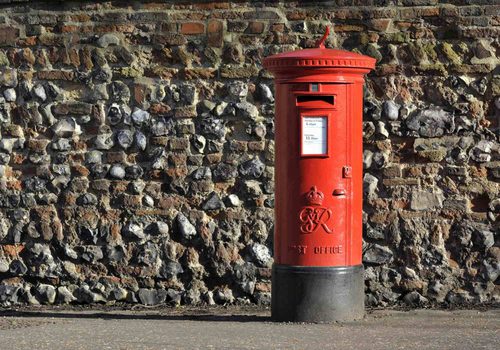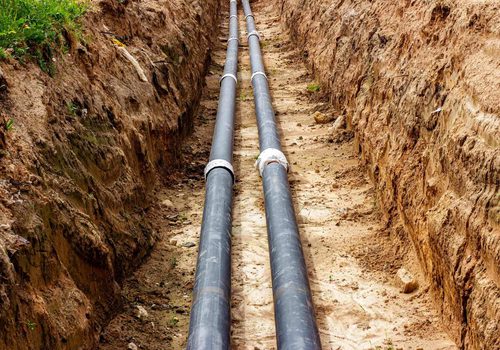Getting a postal address for your self-build is a vital step and one you will want to take early on. Here’s all the information you’ll need to get started.
Getting an address might seem like a formality that you can put off until other parts of the build are complete but that isn’t the case. You’ll need one to interact with third parties, like setting up new connections with service providers. You might also need a legal address for sales or marketing reasons. Ideally, you should start the process as soon as you get planning permission.
Another reason for getting the ball rolling early on is that applications can sometimes take time. If your new build involves the creation and naming of a new street, then the process becomes a lot more complex.
You will have to interact with your local authority to secure a new postal address. The application will probably be handled by your Local Land and Property Gazetteer (LLPG) or the local Street Name and Numbering (SNN) team. New addresses are compiled by the National Land and Property Gazetteer and assigned according to British Standard 7666.
Can you decide an address name or number yourself?
In many cases, yes. You can suggest any name you like but it will be up to the local authority to approve it. It must be logical and not too similar to anything already being used nearby, to avoid confusion. It’s a very good idea to follow their advice and provide at least 3 potential names (in order of preference) to increase your chances.
Logic is the key word here. In the case of numbering, you will likely need to slot in with the properties already there (for instance, becoming ’19A’ if you’re occupying an in-fill plot between 19 and 20). If the existing properties have names rather than numbers, then your property will need a name too.
Application process
You can apply online or via post. Online applications are recommended, though in some cases you may have to email your local authority instead. There will be a fee for applying.
Your application must contain electronic or print copies of:
- A plan of your site’s location, particularly how it interfaces with existing streets
- A plan of your site’s layout, with each plot clearly numbered and its primary access point shown
- Geo-reference CAD drawings, if new streets are being requested
In addition, you may need to include proof of your planning permission and drawings that show the extent of your premises.
If you’re applying to name a building or street, then they recommend that you include at least 3 name suggestions. This makes it more likely that at least one idea you like will be accepted.
Once your application is submitted, they will give you an estimate of how long the process should take. Straightforward applications for new addresses or changes to existing ones should usually take around 5 to 6 weeks.
There are several factors that could make the process much longer, including the complexity of your site and the possibility of having to do a local consultation about the proposed changes. The process is likely to be delayed where new streets are being proposed or where there has been an objection.
The local authority will check for any similar addresses nearby or in a neighbouring postcode. They will also liaise with the highways department.
Once your application has been approved, you’ll receive a decision notice with your new official address and a drawing showing any new streets and/or new property numbers. The local authority will also alert the statutory authorities, Royal Mail (who provide postcodes) and the emergency services.
An address for a self build might feel quite personal but try to be objective about your application, as there are many factors that might influence the outcome. Remember that your local authority’s decision is final when it comes to naming, renaming and numbering streets/buildings. Any change is at the head of development management’s discretion.




